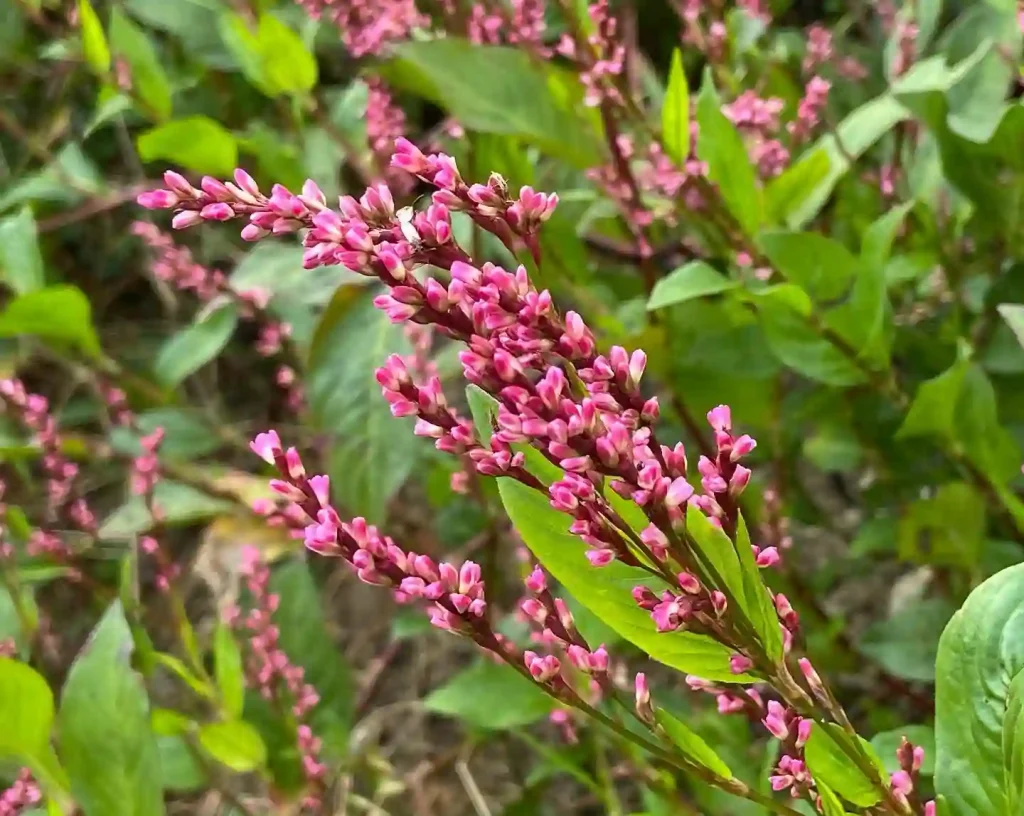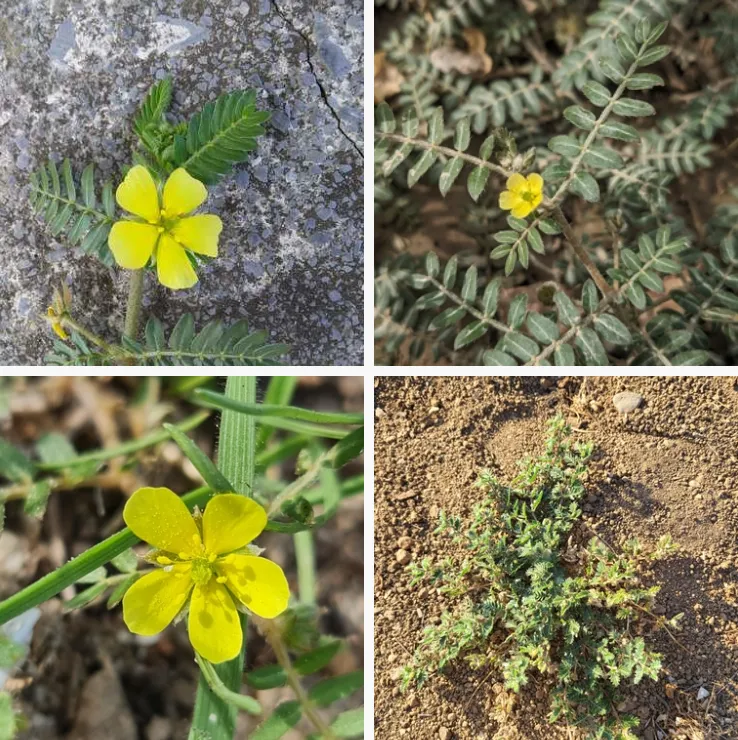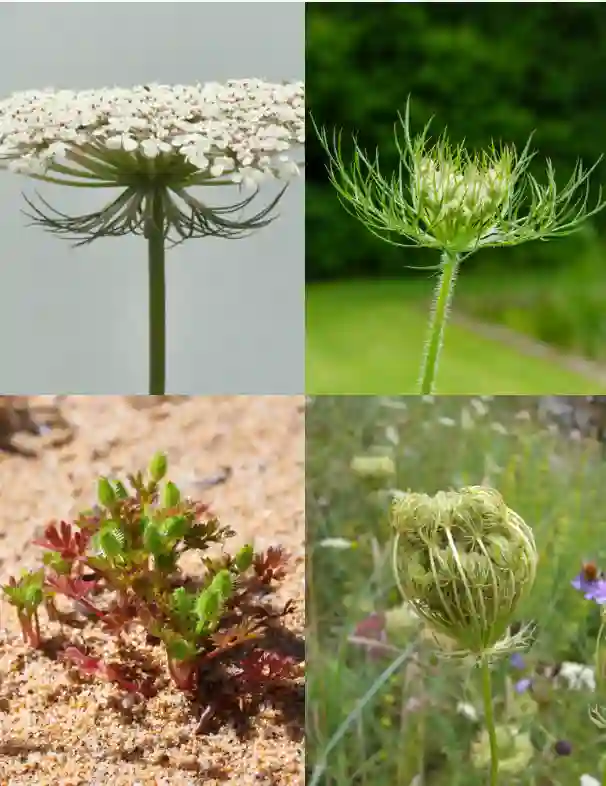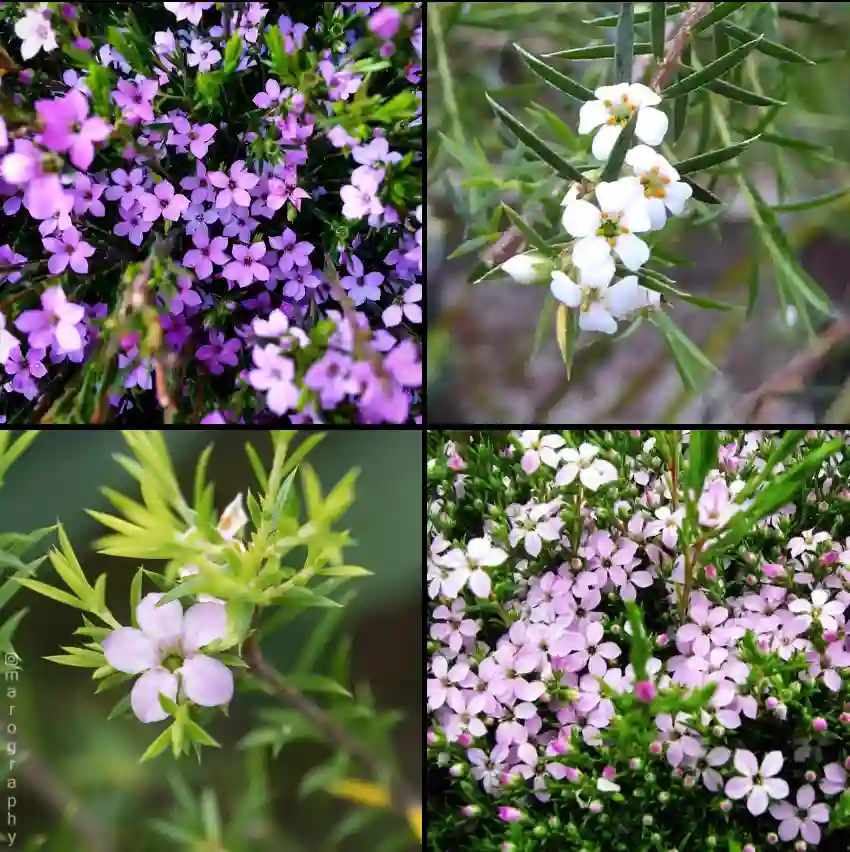
FAQs About Larix Kaempferi: Everything You Need to Know
When it comes to deciduous conifers, Larix Kaempferi, commonly known as Japanese Larch, stands out for its unique characteristics and striking appearance. As someone who loves exploring the details of various plants, I’ve dived into the world of Larix Kaempferi to address some frequently asked questions and share my insights. Here’s a comprehensive guide based on my experiences and research.
11 Species in Genus Larix – Larch Tree
What Is Larix Kaempferi?
Larix Kaempferi, or Japanese Larch, is a species of larch native to Japan. Unlike most conifers, it sheds its needles in autumn, showcasing a beautiful golden color before falling. This deciduous conifer is valued for its fast growth, beautiful appearance, and versatility in various landscapes. It grows up to 50 feet tall and can spread equally wide, making it a substantial addition to any garden.
How to Care for Larix Kaempferi?
Caring for Japanese Larch requires a few specific considerations to keep it healthy and thriving:
- Sunlight: Larix Kaempferi thrives in full sunlight. It prefers at least six hours of direct sunlight daily. However, it can tolerate partial shade, though its growth might be slower.
- Soil: It prefers well-drained soil. Sandy or loamy soils work best, and the pH level should be slightly acidic to neutral. Ensure the soil is not waterlogged, as this can lead to root rot.
- Watering: Regular watering is essential, especially during dry periods. However, avoid overwatering. The soil should be moist but not soggy.
- Fertilizing: Fertilize in early spring before new growth begins. A balanced fertilizer or one high in potassium can support healthy growth and improve the tree’s resilience.
- Pruning: Pruning is generally not necessary for Larix Kaempferi. However, removing dead or diseased branches can help maintain its shape and health.
How to Propagate Larix Kaempferi?
Propagating Larix Kaempferi can be done through seeds or cuttings:
- Seeds: Collect seeds in late autumn when they have fully matured. Stratify the seeds by placing them in the refrigerator for about a month before sowing. Plant them in a seed tray filled with well-drained soil and keep them in a cool, sunny spot. Germination can take several weeks.
- Cuttings: Propagation through cuttings is less common but possible. Take softwood cuttings in early summer and use a rooting hormone. Plant the cuttings in a mix of sand and peat and keep them moist until they establish roots.
What to Plant With Larix Kaempferi?
Larix Kaempferi pairs well with various plants, creating a diverse and aesthetically pleasing landscape:
- Underplanting: Consider planting shade-tolerant perennials like hostas or ferns underneath the larch. They will thrive in the dappled shade created by the larch’s branches.
- Companion Trees: Combine Japanese Larch with other conifers like Pinus sylvestris (Scots Pine) or Juniperus chinensis (Chinese Juniper) for a layered effect.
- Ground Covers: Creeping juniper or low-growing evergreen shrubs work well as ground covers around the base of the tree.
Is Larix Kaempferi Toxic?
No, Larix Kaempferi is not toxic to humans or pets. It is safe to have around children and animals. However, while it’s non-toxic, consuming large quantities of any plant material can lead to digestive upset, so it’s best to keep any fallen needles or cones out of reach.
Benefits of Larix Kaempferi
Japanese Larch offers several benefits for gardeners and landscapers:
- Aesthetic Appeal: Its vibrant green needles turn golden yellow in the fall, adding seasonal interest and beauty to the landscape.
- Fast Growth: It grows relatively quickly compared to other conifers, making it an excellent choice for a fast-growing shade tree.
- Environmental Benefits: As a deciduous conifer, it helps in improving air quality and supports local wildlife by providing habitat and food sources.
Common Problems with Larix Kaempferi
While generally hardy, Japanese Larch can face a few issues:
- Pests: Watch out for pests like aphids or spider mites. Regular inspection and appropriate insecticides can help manage these issues.
- Diseases: Larix Kaempferi can be susceptible to fungal diseases such as needle blight or root rot. Ensure proper drainage and avoid overhead watering to prevent these problems.
- Needle Drop: It’s normal for Larix Kaempferi to shed its needles in the fall. However, if needle drop occurs at other times of the year, it may indicate stress or disease.
How Does Larix Kaempferi Compare to Other Similar Trees?
If you’re considering alternatives, here’s how Larix Kaempferi compares to similar trees:
- Larix Decidua (European Larch): Both are deciduous conifers, but Larix Decidua generally has a slower growth rate and smaller size compared to Larix Kaempferi.
- Pseudotsuga Menziesii (Douglas Fir): Unlike Larix Kaempferi, Douglas Fir is evergreen and does not shed its needles. It also has a different growth habit, with a more pyramidal shape.
- Pinus Sylvestris (Scots Pine): Scots Pine is another conifer but is evergreen, differing from the seasonal needle drop of Japanese Larch. It also has a different needle structure and growth form.
In conclusion, Larix Kaempferi, with its unique features and relatively easy care, is a wonderful addition to various landscapes. Whether you’re looking for a striking seasonal display or a fast-growing shade tree, this Japanese Larch offers both beauty and functionality.
If i die, water my plants!



